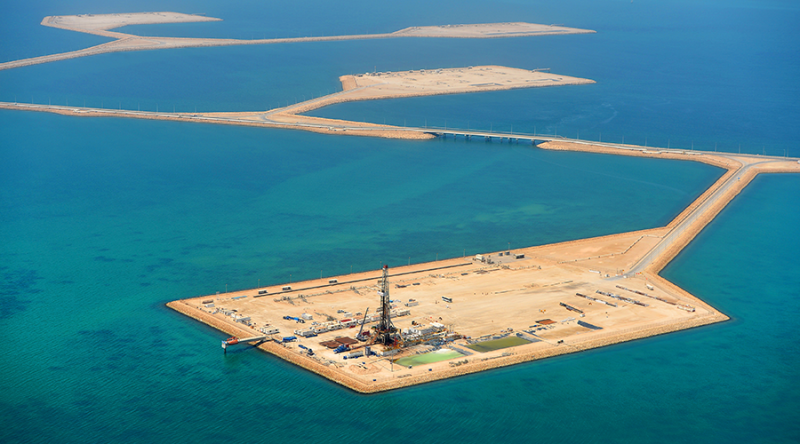OPEC and its non-OPEC partners, together known as OPEC+, upped the production ceiling for July and August by 648,000 B/D.
The decision cames after the 23-country group of oil exporters voted in May to set a quota increase of 432,000 B/D for June. Last year, OPEC+ signaled that it intended to maintain this pace until September, but the group is now breaking with its more measured approach as it plans to accelerate its schedule by more than 43,000 B/D for the next 2 months.
This effectively redistributes the output increase that was expected to take place in September which was to mark the end of the historic 9.7 million B/D production cut OPEC+ agreed to in 2020 as the COVID-19 pandemic unfolded.
OPEC+ has largely adhered to its previously stated plans, but sharply rising oil prices were seen as placing added pressure on the group to alleviate markets.
However, the move does not have appeared to have much impact in that regard.
Following the OPEC+ meeting, oil prices signaled that markets remain skeptical of any supply side relief in the short to medium term. Brent crude, the international benchmark, traded above $117/bbl. The US benchmark, West Texas Intermediate, was trading above $116. Both figures represent an intraday jump of more than 1%.
Falling Short
Raising the output limit places the combined output of OPEC+ for July at 43.2 million B/D. Saudi Arabia and the UAE are widely expected to represent the bulk of the supply increases as the two nations are considered to be holding the largest spare capacity.
Saudi Arabia's share of the required production targets stands now at 10.8 million B/D compared with the UAE's 3.1 million B/D.
But in spite of its goals on paper, OPEC+ has been unable to keep pace with its required production targets.
In April, OPEC reported monthly data from secondary sources showing its 13 nation members produced a collective 28.65 million B/D. The combined output was up month-over-month by 153,000 B/D.
However, with Iran, Venezuela, and Libya excluded from the production increase agreement, the other 10 OPEC nations accounted for just 24.46 million B/D. This was 855,000 B/D shy of their combined requirement.
The gap widens when accounting for the entirety of OPEC+ which saw output fall in April and put the coalition some 2.6 million B/D below its monthly quota of around 41.69 million B/D. This is according to internal data reported by Reuters.
In February, the OPEC+ supply gap was estimated to be around 1.1 million B/D with Nigeria and Angola accounting for the biggest portions of the gap.
That supply picture significantly worsened after Russia suffered a crude output drop of about 9% from March to April. The country began the year producing 10 million B/D, or 10% of global supply.
The sharp reduction amounts to almost 860,000 B/D and follows Russia’s invasion of Ukraine which prompted heavy sanctions from western nations. It also marks the largest decline in oil production that the country has witnessed since the disintegration of the Soviet Union in 1990.
Earlier this week, a new round of sanctions hit the Russian energy sector as EU moved to ban 90% of Russian crude imports by the end of this year. In 2021, Europe accounted for 60% of Russia's total oil exports, most of which must soon be rerouted to other buyers or the country will likely face increased shut-ins.


